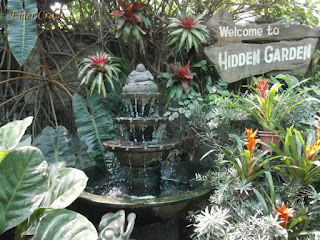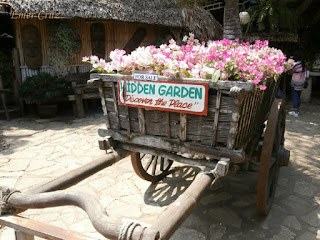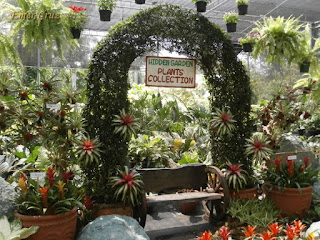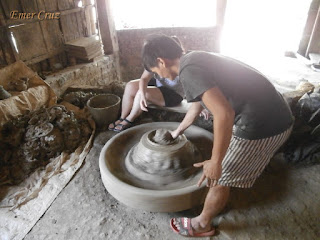Vigan City is the capital of Ilocos Sur, a UNESCO World Heritage Site and one of the few Hispanic towns left in the Philippines where the structures remained intact. It is well known for its cobblestone streets and unique architecture that fuses Philippine and Oriental building designs and construction, with colonial European architecture.
The area of Vigan was originally a settlement of traders coming from the Fujian Province, China. At the time of Spanish colonisation, the Chinese settlers, whose language was Southern Fujianese referred to the area as Bee Gan which means "Beautiful Shore." The Spanish conquistadors interchanged V and the B to refer to the /b/ sound and they spelled the Hokkien Chinese name "Bee Gan" as Vigan, which is the name that is used to this day.
(The old Quirino Bridge)
The Pinoy Solo Hiker explored the city of Vigan on foot and was astonished to see the picturesque historical and cultural landmark that sets Vigan apart from other cities, among which are the following:
Calle Crisologo (Mena Crisologo Street)
The major attraction of Vigan is the mestizo district which is filled with Spanish-style houses, cobblestone streets that evoke a bygone era when its people lived prosperously because of the Manila-Acapulco maritime trade. For visitors who want to experience being transported back to this period in Philippine Spanish time, a walk or a calesa ride through Vigan’s Calle Crisologo or Mena Crisologo Street is a must.
Hidden Garden
It started as a private garden by an innovative nature-lover way back in the 80's, it had grown as a garden with so much to offer and of course a little bit hidden from the main road, thus why it is called Hidden Garden.
Syquia Mansion
The mansion belongs to a wealthy Filipino-Chinese family in Vigan - the Syquia clan. The late President Elpidio Quirino married Alicia Syquia in 1919, thus the mansion was called the first "Malacanang of the North". It now operates as a museum that showcase that lifestyle of rich and famous in the early 1900's including the memorabilia of the late President.
Pagburnayan (Jar Factory)
The traditional earthen jar-making industry in Vigan is believed to have been introduced by the Chinese traders in the 14th century. These terra cotta (earthen jars) were used for fermenting vinegar, basi and salt. The pagnurbayan workshops was established in "Pagbantayan" because of it's accessibility to rich clay deposits.
How to Get There:
1. Located in Ilocos Sur, you can ride a bus bound for Vigan City (Dominion, Partas, Viron Transit)
2. You can check the Part 2 of this blog Exploring Vigan Part 2














No comments:
Post a Comment